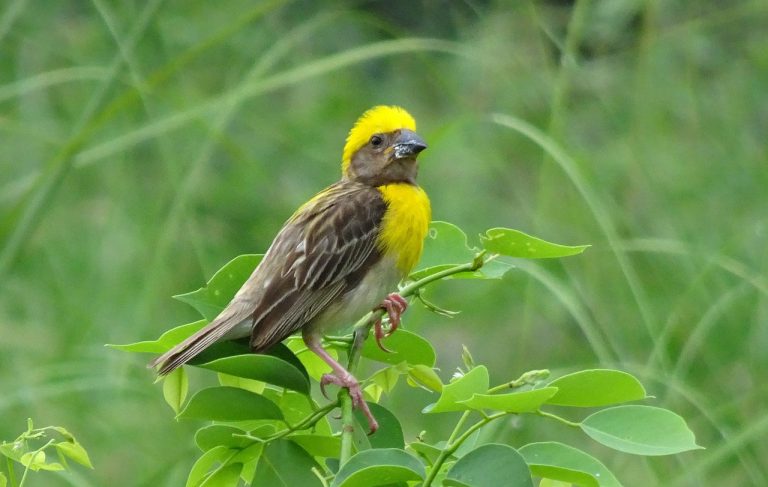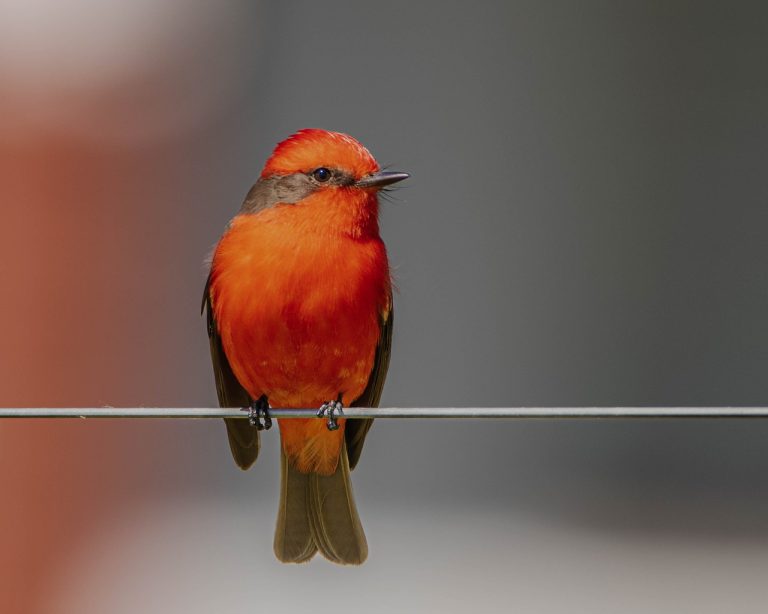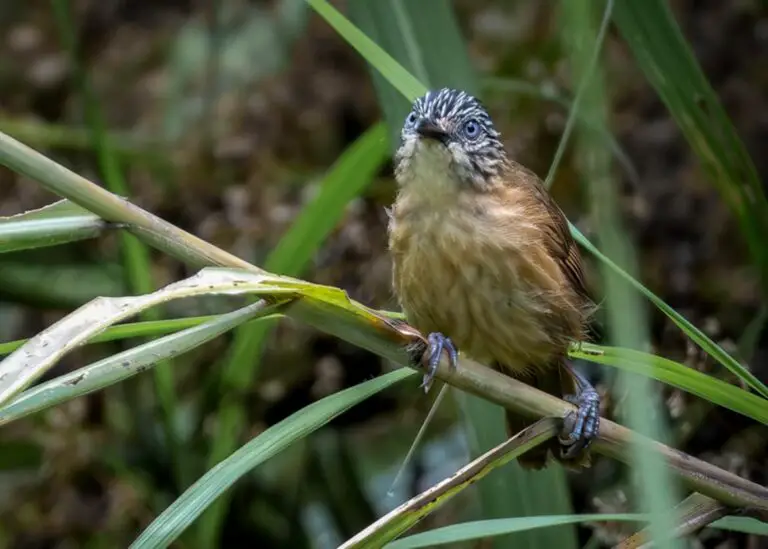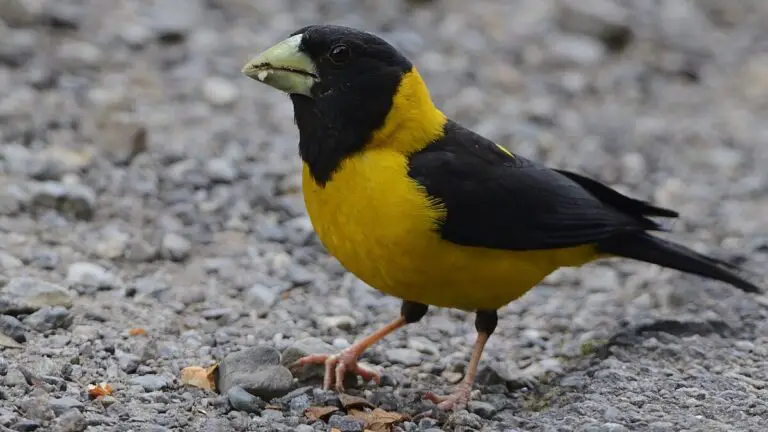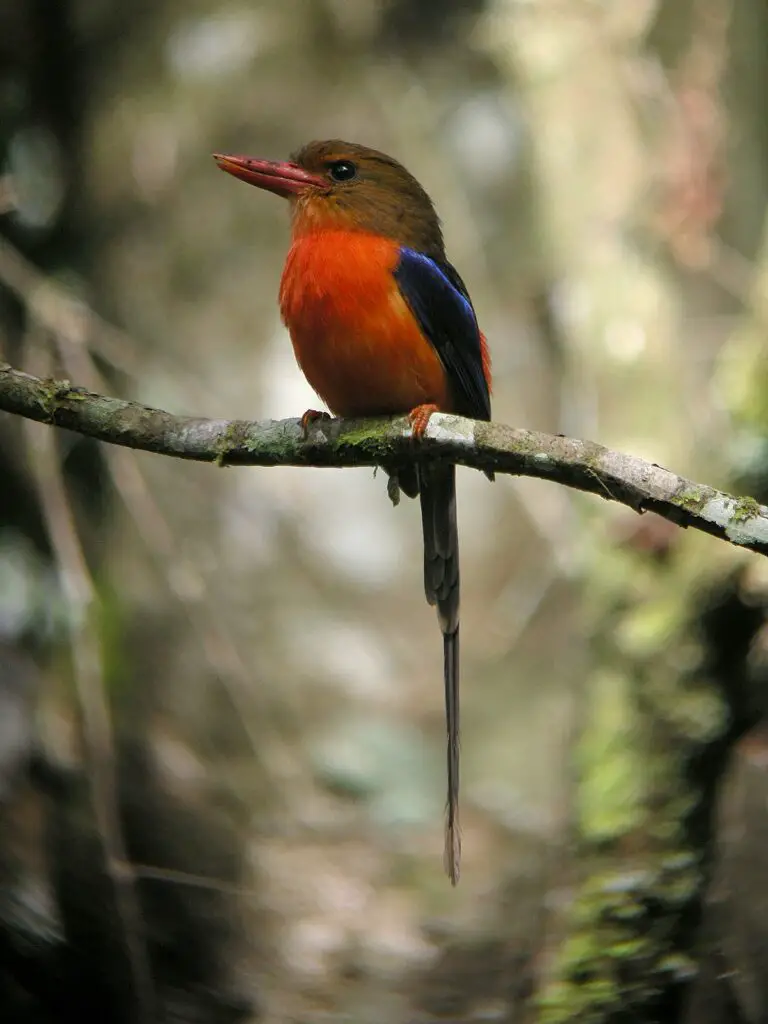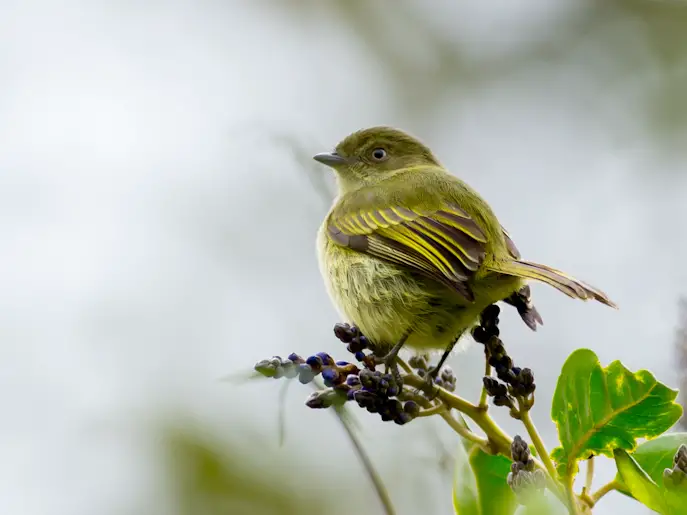Amazonian Royal Flycatcher
“They use their bright royal-looking crests during mating season.”
The scientific classification of the Amazonian Royal Flycatcher:
- Kingdom: Animalia
- Phylum: Chordata
- Class: Aves
- Order: Passeriformes
- Family: Tyrannidae
- Genus: Onychorhynchus
- Species: Onychorhynchus coronatus
As for its conservation status, it’s listed as Least Concern, indicating that it’s not currently facing any major threats to its survival. And as its name suggests, you can find the Amazonian Royal Flycatcher in various locations throughout South America.
The Amazonian Royal Flycatcher, a striking bird of South America, boasts several intriguing facts and physical characteristics:
- Prey: They primarily feed on flying insects such as flies, cicadas, dragonflies, and moths.
- Name of Young: Their offspring are called chicks.
- Group Behavior: Typically solitary or in pairs.
- Fun Fact: During mating season, they display their bright royal-looking crests.
- Estimated Population Size: Ranges from 500,000 to 5 million.
- Biggest Threat: Deforestation of their wetland and forest habitats.
- Most Distinctive Feature: Their fan-shaped crest.
- Distinctive Features: Long, broad bill and long wings.
- Habitat: They inhabit humid lowland evergreen and second-growth forests.
- Predators: Predation risk from hawks, falcons, eagles, and owls.
- Diet: They are insectivores, feeding exclusively on insects.
- Lifestyle: Diurnal, active during the day.
- Type: They are birds.
- Common Name: Amazonian Royal Flycatcher.
- Number of Species: There are two known species.
- Location: Found in South America.
- Average Clutch Size: Typically lays one egg per clutch.
- Nesting Location: They build nests on hanging vines over water.
- Physical Characteristics:
- Color: Brown, yellow, white, and chestnut hues.
- Skin Type: Covered in feathers.
- Lifespan: Up to 6 years.
- Weight: Ranges from 0.34 to 0.49 ounces.
- Length: Typically measures around 5.9 inches.
Summary
Meet the Amazonian royal flycatcher, a charming medium-sized passerine bird indigenous to the lush Amazon basin of South America. This avian dwells in the tranquil ambiance of humid lowland forests, often by streams, leading a discreet existence. Yet, when it’s time for courtship, it unveils its magnificent, vibrant fan-like crest, a spectacle aimed at wooing a potential mate. Delve into the fascinating world of this distinctive bird, exploring its habitat, dietary preferences, and stunning appearance.
5 Amazing Amazonian Royal Flycatcher Facts
- Regal Crests: The Amazonian flycatcher flaunts its majestic, crown-like crest, a dazzling display mainly reserved for wooing potential mates during the breeding season.
- Innovative Nesting: To safeguard their offspring from predators, these clever birds fashion their nests from vines, suspending them over water bodies, creating a challenging obstacle for would-be egg thieves.
- Vocal Communication: Communicating with melodious yet plaintive whistles, Amazonian flycatchers engage in a subtle form of dialogue, enhancing their social bonds within the community.
- Dietary Preferences: Sating their appetite with a menu of flying insects such as cicadas and moths, these adept flycatchers exhibit precision in their hunting prowess.
- Crest Defense Hypothesis: Some studies hint that the flamboyant crests of these birds might serve as a defense mechanism, momentarily startling or deterring potential predators. However, further research is essential to unravel this intriguing aspect of their behavior.
Where to Find the Amazonian Royal Flycatcher
The Amazonian royal flycatcher’s habitat spans across nine South American countries, including Bolivia, Brazil, Colombia, Ecuador, French Guiana, Guyana, Peru, Suriname, and Venezuela. These enchanting birds thrive in the verdant expanses of the Amazon basin, particularly favoring the shelter of humid lowland evergreen forests and areas of regenerating foliage.
During the breeding season, they seek out the lush embrace of moist forests close to water sources. To catch a glimpse of them, direct your gaze towards the mid-canopies lining streams and seasonally flooded forests. Yet, be prepared for a challenge, as they often blend seamlessly into their surroundings, revealing their majestic crests sparingly and maintaining a quiet demeanor.
These solitary creatures prefer solitude, often found perched silently amidst the foliage, diligently scouring their surroundings for sustenance. So, keep a keen eye on the treetops if you wish to witness the elusive beauty of the Amazonian royal flycatcher.
Amazonian Royal Flycatcher Nest
In the intricate ballet of nature, it’s the females of the Amazonian royal flycatcher that likely take on the task of nest construction. In the serene ambiance of moist forest areas near water sources, they meticulously fashion elongated, narrow nests. These architectural marvels are suspended from branches or vines, delicately swaying over the tranquil waters below.
This strategic placement serves a dual purpose, providing a secure haven for their precious offspring while posing a formidable challenge to would-be predators. With this ingenious design, the nest becomes a sanctuary, safeguarding the next generation of Amazonian royal flycatchers from potential threats lurking in the surrounding wilderness.
Scientific Name
The Amazonian royal flycatcher, scientifically known as Onychorhynchus coronatus, is a member of the Tityridae family. This family includes various songbirds that thrive in the forests and woodlands of the neotropical regions. Within the genus Onychorhynchus, you’ll find the royal flycatchers, with the Amazonian variant being one of its notable members. Interestingly, this species has two distinct subspecies, each with its own unique characteristics.
Size, Appearance, & Behavior
The Amazonian royal flycatcher is a medium-sized songbird, measuring around 5.9 inches in length and weighing between 0.34 to 0.49 ounces. While its wingspan remains unknown, its distinctive features are hard to miss. It boasts a lengthy, broad bill, a slender neck, long wings, and an elongated tail.
In terms of coloration, adults sport a subdued brown hue on their upper parts, complemented by reddish-brown tails and a creamy yellow underside with a white throat. However, what truly sets them apart is their striking fan-shaped crest, which can be folded down when not in use. Males flaunt a vibrant crest of blue, black, and red, while females exhibit a combination of black, blue, and yellow-orange.
These birds are often found solitary or in pairs, occasionally emitting slow, mournful whistles to communicate. Despite this, they generally maintain a low profile, blending seamlessly into their surroundings. Preferring solitude, they tend to forage alone under the cover of the forest understory, away from prying eyes.
Migration Pattern and Timing
Amazonian flycatchers are known for their loyalty to their South American homes, as they are nonmigratory birds. This means they stay put in their lush environments throughout the year, relying on the familiar landscapes of the Amazon basin for their sustenance and survival.
Diet
The Amazonian royal flycatcher sustains itself as an insectivore, meaning its diet primarily consists of insects. These resourceful birds have a varied menu, indulging in a feast of flying insects such as flies, cicadas, dragonflies, and moths. They are often spotted near water sources, where they adeptly snatch insects mid-flight or pluck them from leaves.
Venturing into the understory of forests, Amazonian flycatchers continue their culinary exploration, seeking out delicacies like ticks, small cicadas, leafhoppers, and butterflies. Rather than darting around actively, they prefer a more leisurely approach, spending much of their time perched and patiently scanning their surroundings for potential prey.
Predators, Threats, and Conservation Status
The International Union for Conservation of Nature (IUCN) classifies the Amazonian royal flycatcher as “Least Concern” (LC). This designation is attributed to its wide distribution and sizable population, which doesn’t currently meet the threshold for being considered “threatened.” However, the primary peril facing these birds stems from habitat loss, particularly due to the ongoing deforestation of their wetland and forest habitats.
Despite their relatively secure status, adult Amazonian flycatchers still face threats from larger carnivorous birds such as eagles, falcons, hawks, and owls, which may prey upon them. Additionally, their nests are vulnerable to predation by snakes and larger birds. Interestingly, while the strikingly colorful crest of these birds serves mainly for courtship displays, research suggests it may also serve as a brief deterrent to potential avian and mammalian predators.
Reproduction, Young, and Molting
While the exact timing of their breeding season remains elusive, Amazonian royal flycatchers typically gravitate towards moist riparian forests, particularly those situated near water sources, during this crucial period. Courtship rituals unfold with males unveiling their stunningly colored crests, a spectacle reserved for attracting potential mates and rarely displayed otherwise.
Once courtship is successful, the female lays typically two eggs, and while she undertakes the important task of incubation, the male diligently defends their territory. However, details regarding the duration of incubation and the fledging period for the young remain shrouded in mystery due to insufficient research.
On average, these birds enjoy a lifespan of up to six years, navigating the intricacies of their environment with grace and resilience.
Population
The global population of Amazonian royal flycatchers is estimated to range between 500,000 and 5 million mature individuals. Despite this seemingly healthy population size, the species is facing a decline in numbers primarily due to the ongoing loss of its natural habitat. Thankfully, there are no signs of extreme fluctuations or significant fragmentations in their population distribution at present. However, continued conservation efforts are essential to ensure the long-term survival of this enchanting bird species.
Conclusion
The Amazonian royal flycatcher, with its striking beauty and fascinating behaviors, remains an emblematic species of the lush Amazon basin. Despite being classified as “Least Concern” by the IUCN, its population faces challenges from habitat loss. With its captivating courtship displays, ingenious nesting habits, and vital role in the ecosystem, the conservation of this species is crucial for preserving the biodiversity of the Amazonian rainforest.
